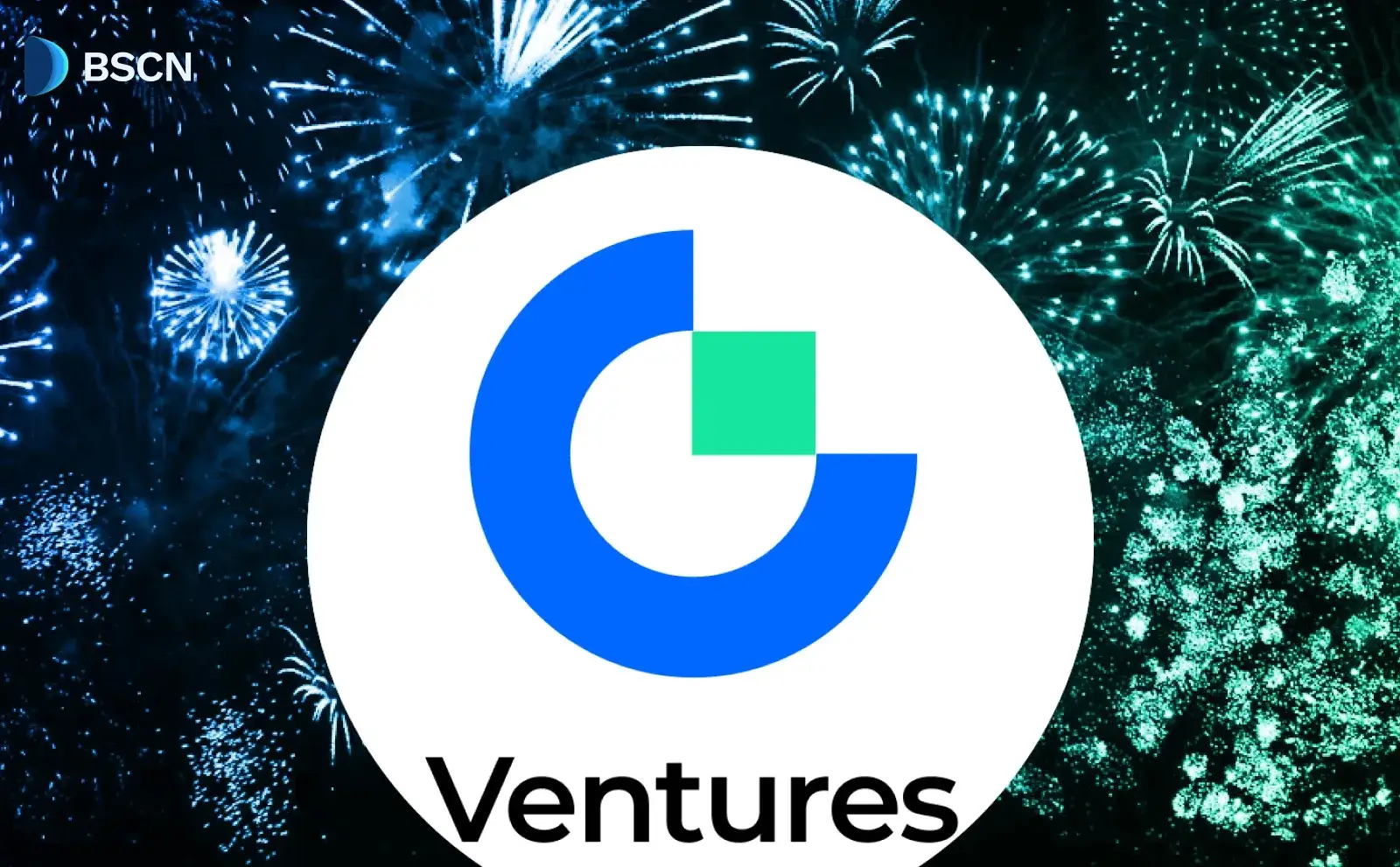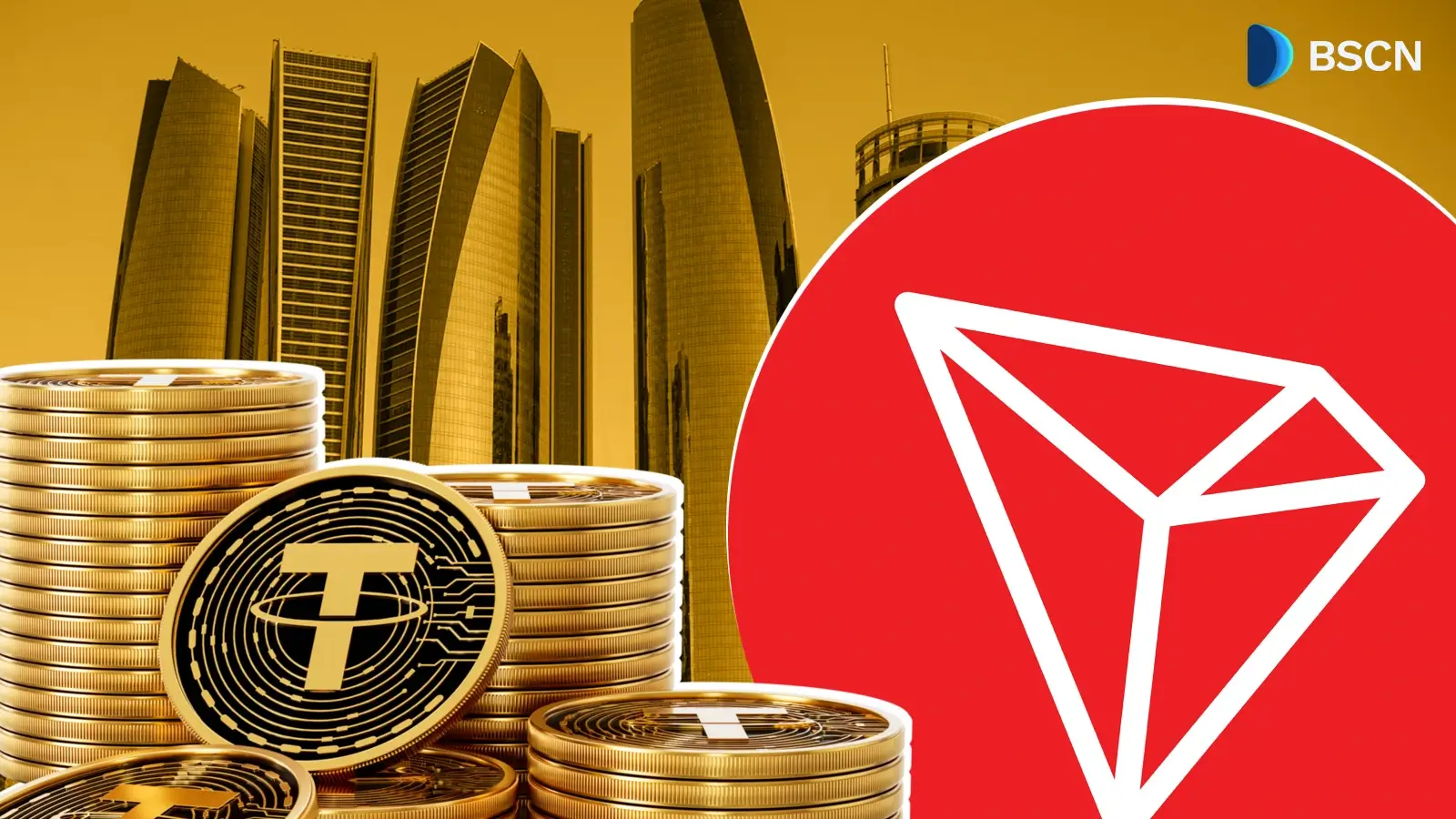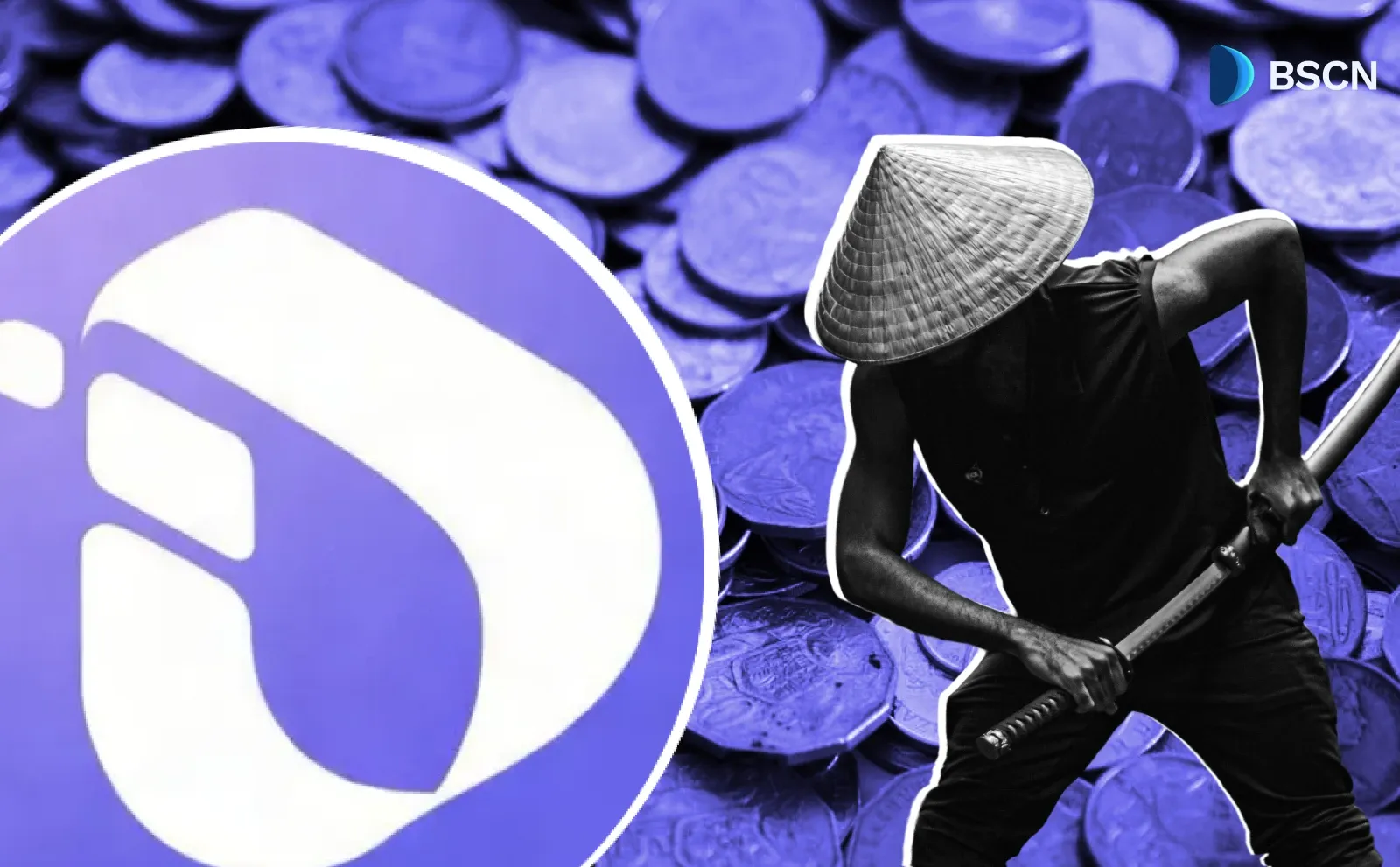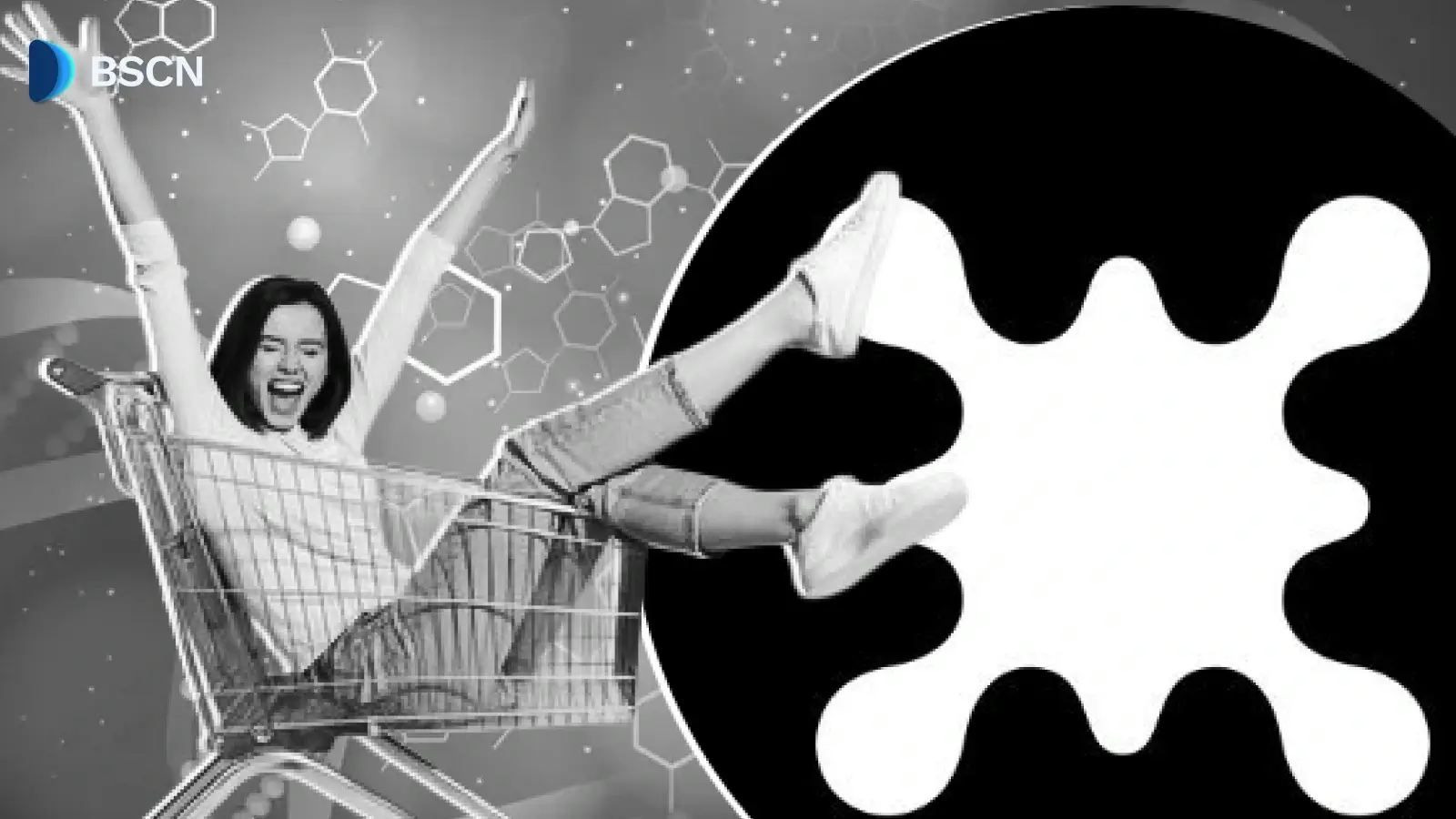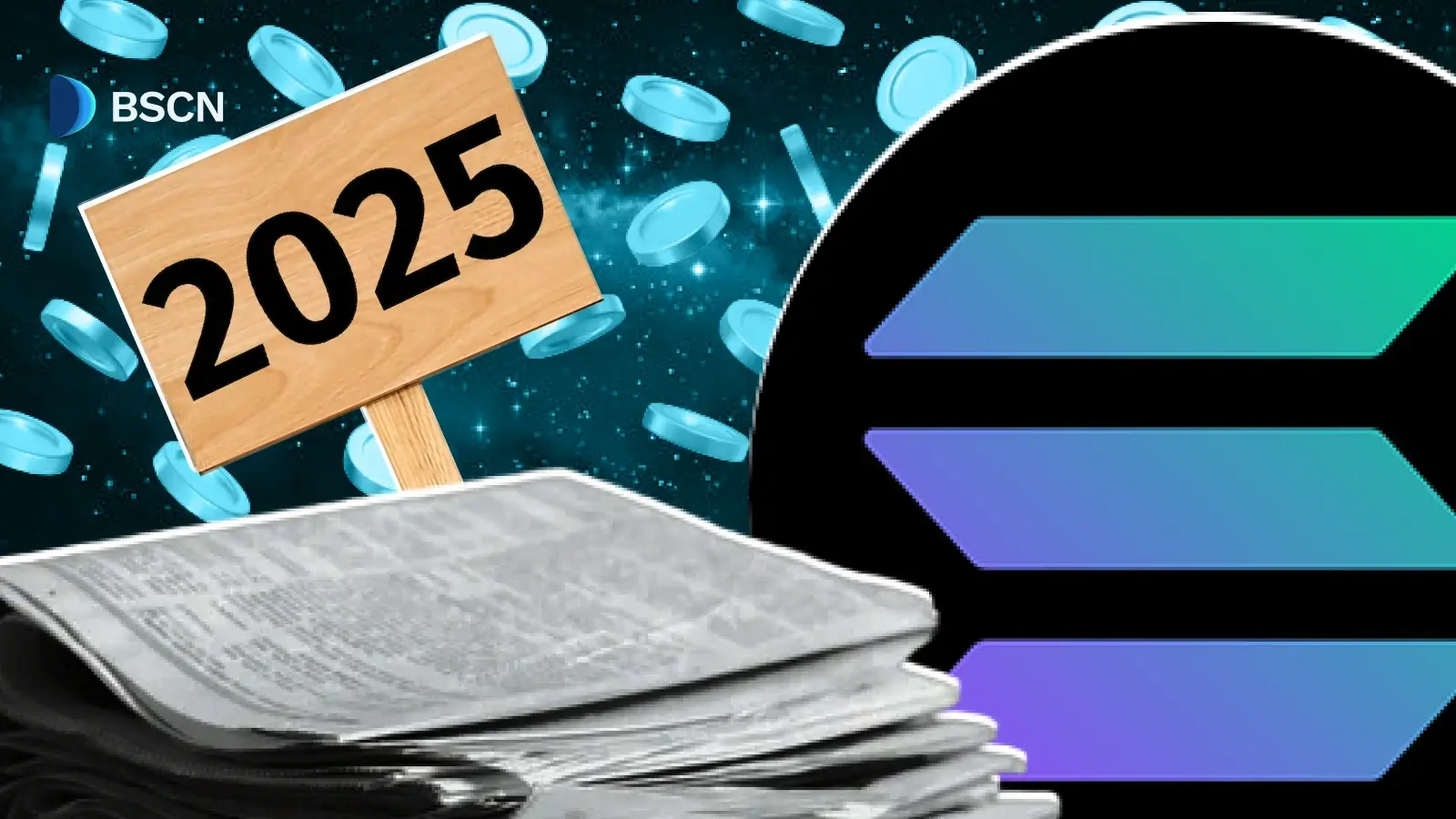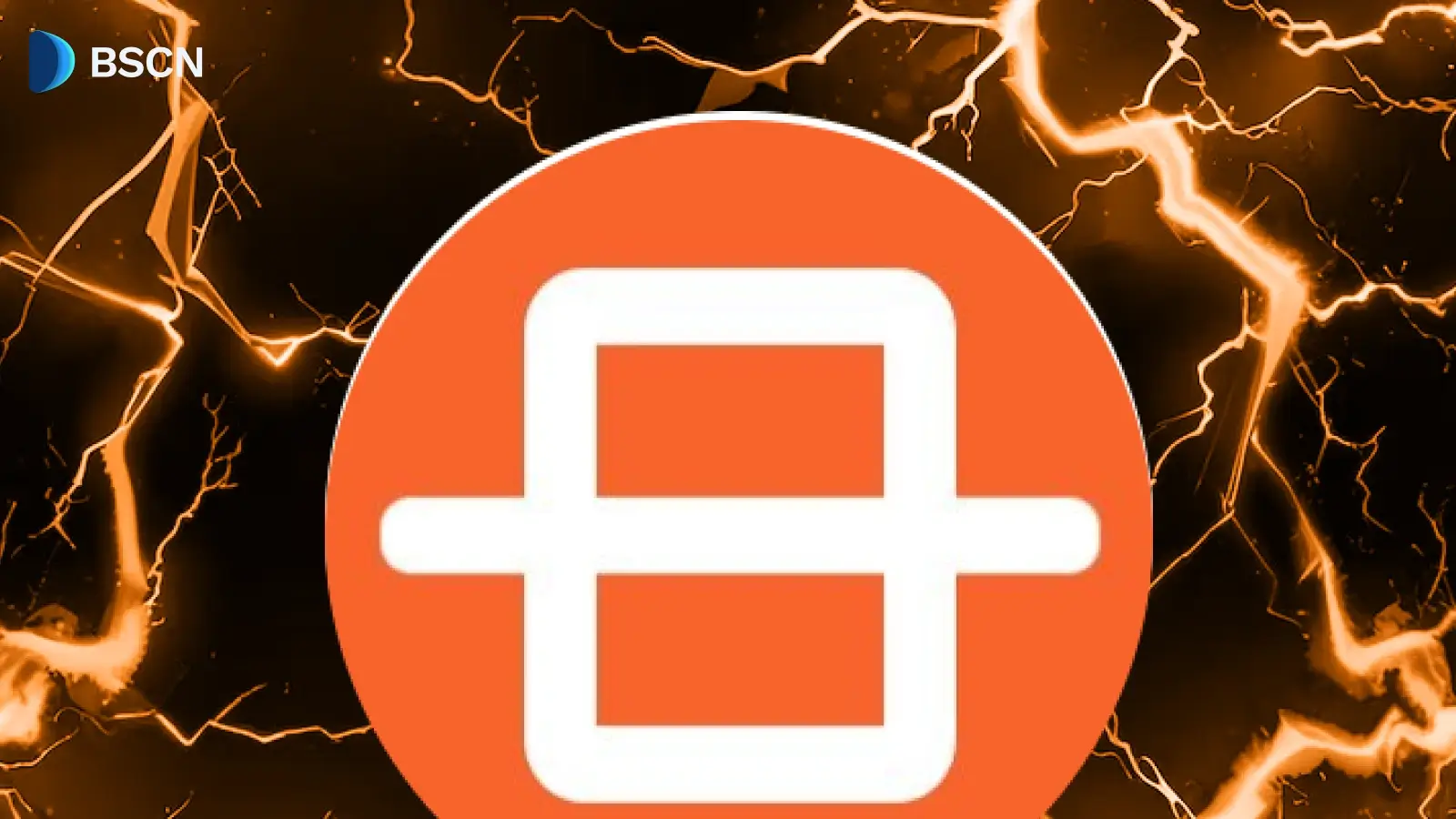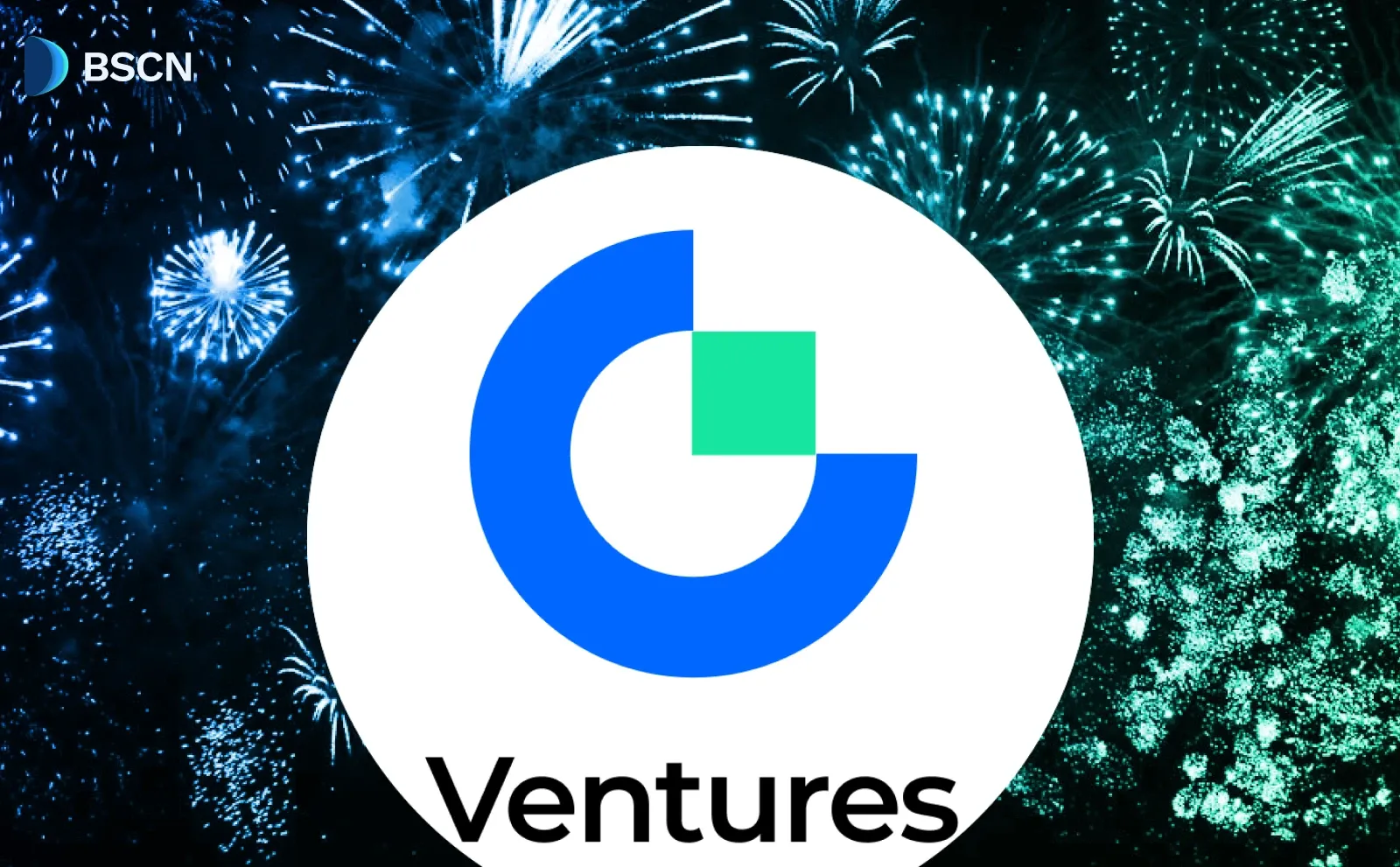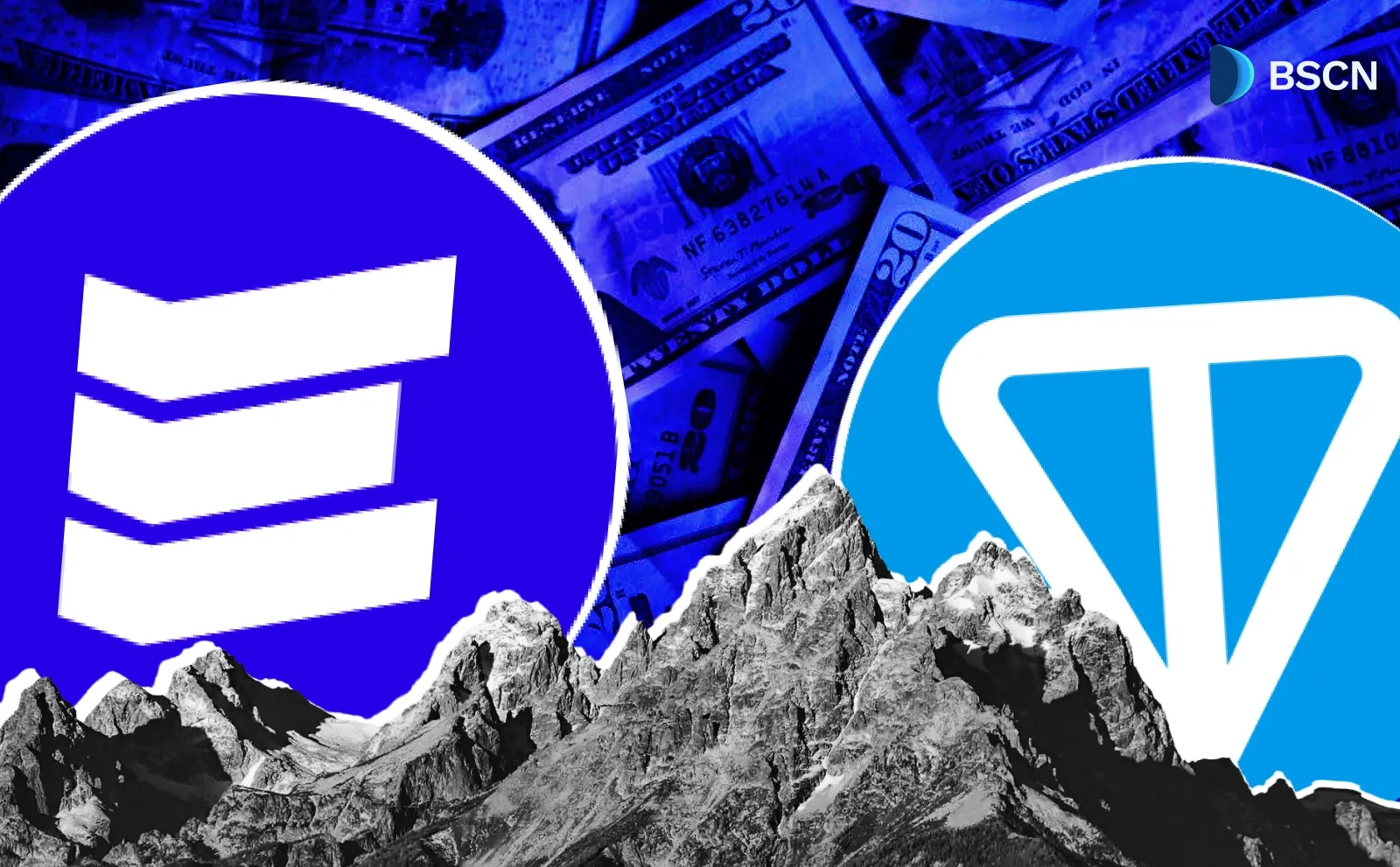Deepdive
(Advertisement)
Fraction AI: Is Decentralized AI Training the Future?
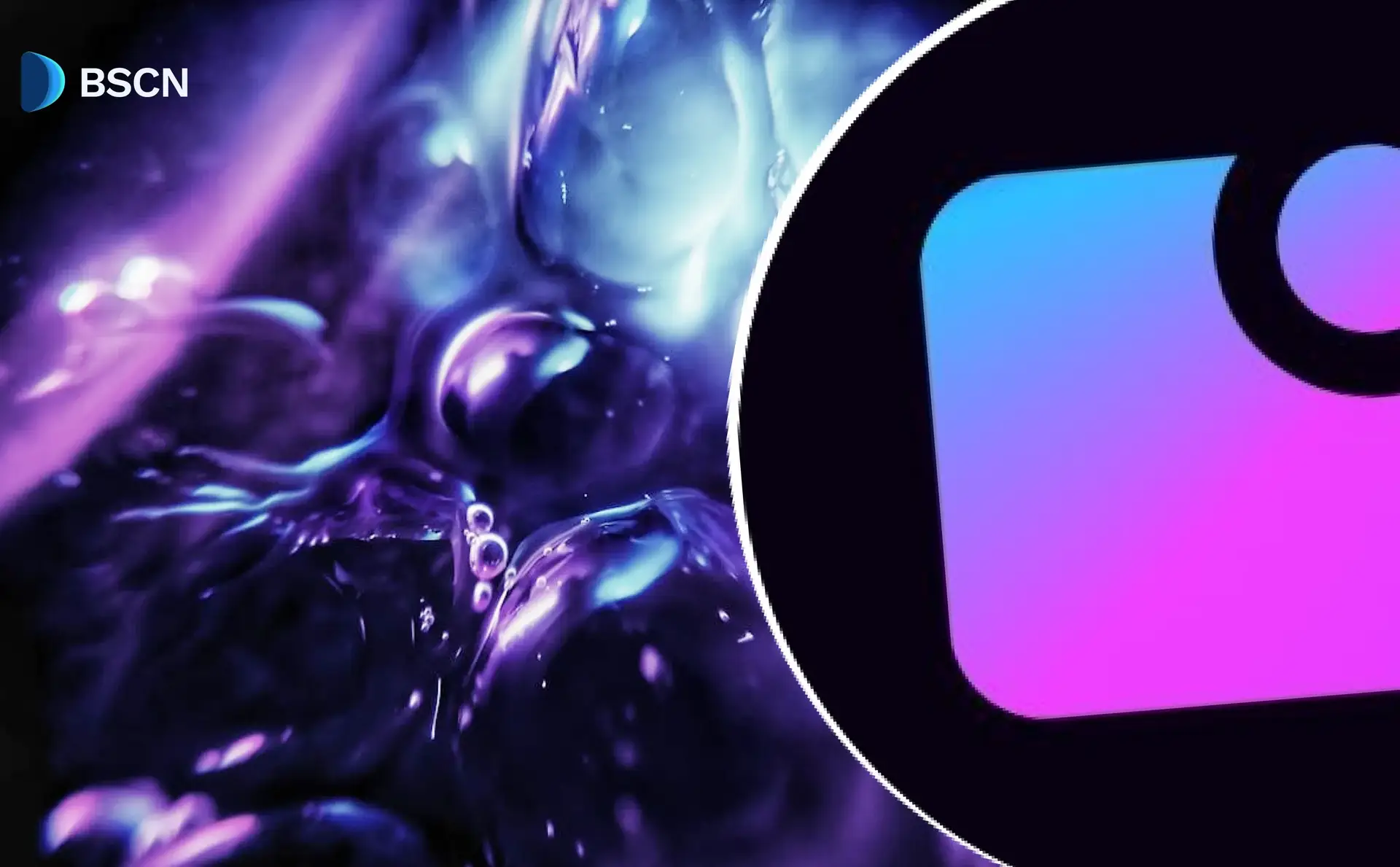
Fraction AI launches pioneering decentralized AI training platform with competitive agent battles and Q3 2025 FRAC token launch.
Crypto Rich
July 31, 2025
(Advertisement)
Table of Contents
Fraction AI has emerged as a pioneering decentralized auto-training platform for AI agents. Users can create, train, and own AI models through competitive sessions—no coding required. The platform breaks down traditional AI development barriers by combining blockchain technology with reinforcement learning, making sophisticated AI capabilities accessible to anyone with simple text prompts.
The results speak for themselves. Since launching on Base in May 2025, this approach continues building on the remarkable testnet traction that attracted over 320,000 users who embraced democratized AI development that challenges tech giants' centralized control.
Why Does AI Training Need Decentralization?
The Current Centralization Problem
Current AI development faces critical limitations. Innovation and accessibility remain restricted. Traditional methods demand expensive labeled datasets, massive computational resources, and technical expertise that shuts out most potential contributors. Meanwhile, tech giants like Google, OpenAI, and Meta control proprietary datasets and training infrastructure. This creates bottlenecks where only well-funded organizations can develop competitive models.
Key barriers in traditional AI development:
- Expensive labeled datasets controlled by tech giants
- Massive computational resource requirements
- Technical expertise barriers excluding individual creators
- Centralized infrastructure limiting innovation opportunities
How Decentralization Changes the Game
The situation mirrors early internet development before Web3 emerged. Just as DeFi disrupted traditional banking and DAOs challenged corporate governance, decentralized AI represents the next frontier in democratizing technology access.
The company calls itself a "decentralized ScaleAI." It uses Web3 mechanisms to generate high-quality, human-annotated data through competitive interactions. Costs drop while users gain the ability to own and monetize their AI creations. This aligns with broader crypto principles of community ownership and trustless systems.
The timing isn't coincidental. Decentralization has created new opportunities across sectors—from yield farming in DeFi to play-to-earn gaming mechanics that reward user participation.
How Did Fraction AI Secure Backing and Build Its Foundation?
Leadership and Vision
CEO Shashank Yadav launched the company in 2023. His background includes machine learning roles at Goldman Sachs and Microsoft. Yadav recognized a clear need: domain-specialized labeled data across text, images, audio, and video formats. Traditional centralized approaches struggled to address this cost-effectively.
Funding Milestones and Investor Confidence
The company began raising its $6 million pre-seed round in April 2024, closed it by September, and publicly announced the funding in December 2024.
Key investors include The Spartan Group, Symbolic VC, Borderless Capital, and MH Ventures, with strategic backing and advisory support from Sandeep Nailwal (Polygon) and Illia Polosukhin (NEAR Protocol). The round also included a broader syndicate of early-stage crypto funds, reflecting growing institutional confidence in the hybrid AI-Web3 model.
The funding was structured through a Simple Agreement for Future Equity (SAFE) with token warrants, supporting research and infrastructure development for high-quality AI training datasets.
This backing supports a lean team focused on core platform development rather than extensive overhead. The funding timeline aligns with the crypto market's renewed interest in AI-blockchain intersections, similar to successful raises by other AI-crypto projects.
What Technology Powers Fraction AI's Competitive Training?
Platform Architecture and Spaces
The platform operates through competitive environments where AI agents learn via head-to-head challenges, implementing decentralized reinforcement learning at scale. Built on Base, Coinbase's Ethereum Layer 2 network, the platform ensures low transaction costs and seamless Web3 integration while maintaining scalability for mass adoption.
The architecture is straightforward yet sophisticated. Specialized "Spaces" focus on specific domains like finance, copywriting, coding, and content creation. Within these environments, agents participate in structured sessions. They generate solutions to domain-specific challenges, much like how automated market makers in DeFi create continuous trading opportunities.
Competition Mechanics and Rewards
Here's how it works: A decentralized network of AI judges—trained for each domain—evaluates agent performance during competitive sessions. Top performers earn up to 2.5 times their entry fee, with rewards distributed in FRAC tokens and other incentives, depending on the session type. Unsuccessful participants receive detailed feedback to improve their strategy. This creates continuous training loops that generate valuable labeled data as natural byproducts.
Core platform components:
- Spaces - Domain-specific competitive environments (finance, coding, content)
- Sessions - Structured competitions where agents battle for rewards
- AI Judges - Decentralized evaluators ensuring fair, transparent scoring
- Rewards System - Winners earn up to 2.5x entry fees plus FRAC tokens
Advanced Training Technology
The technology behind this is impressive. The platform incorporates Reinforcement Learning from Agent Feedback (RLAF). This enables thousands of independently created agents to improve through continuous interaction. It transforms reinforcement learning from closed-lab techniques into permissionless, user-driven systems.
Creating agents is simple. Users build them through natural language prompts—no coding required. The system supports any large language model including GPT-4, Claude, Llama, or custom implementations. QLoRA (Quantized LoRA) technology updates specific model weights through adapters, reducing computational requirements by up to 99% compared to full model fine-tuning.
What Features Make Fraction AI Accessible to Different User Types?
No-Code Accessibility and User Experience
Accessibility drives every feature. No-code agent creation enables users to deploy models with ease through simple prompts. This makes the system approachable for crypto newcomers while offering advanced capabilities for experienced developers.
The competitive training provides immediate feedback and earnings opportunities. It's similar to how yield farming rewards active DeFi participation. Users can track progress, learn from top performers, and optimize strategies to maximize rewards. These engaging gameplay loops encourage sustained involvement.
Industry Applications and Use Cases
The platform supports comprehensive industry applications across multiple sectors. Finance Spaces enable trading strategy competitions and market analysis challenges. Content creation environments focus on copywriting, marketing materials, and creative writing. Technical domains include coding competitions and software development problems, appealing to diverse crypto community interests.
Popular Space categories and applications:
- Finance - Trading algorithms, market analysis, and risk assessment strategies.
- Content Creation - Copywriting, marketing materials, and creative writing challenges.
- Technical Development - Code generation, debugging, and software architecture problems.
- Gaming & Entertainment - Interactive content, game mechanics, and storytelling competitions.
Agent progression follows experience point systems where successful performance unlocks persistent identity, premium features, and token issuance rights. This gamified approach mirrors successful Web3 gaming mechanics that have proven effective in maintaining user engagement.
The reward structure enables top performers to earn up to 2.5 times the entry fees, plus FRAC tokens, creating multiple revenue streams similar to successful play-to-earn models. Analytics tools help users refine strategies and scale winning approaches, providing value for both casual participants and serious competitors.
Mobile support and user-friendly interfaces ensure accessibility across devices, while API integration enables advanced users to build sophisticated automation and trading strategies.
What Major Milestones Has Fraction AI Achieved Since February 2025?
Mainnet Launch and Infrastructure Success
The development accelerated significantly from February 2025 onward, culminating in several critical achievements that demonstrate platform maturity and community adoption.
The exclusive mainnet launched on Base on May 6, 2025, with a celebration event featuring founder Shashank Yadav and Base's Head of Global Builders. Initially limited to whitelisted users including top testnet performers, the platform saw immediate traction with 30,000 sessions in the first 24 hours and over $120,000 in rewards distributed.
Public access opened on May 19, 2025, making the platform available to users worldwide without restrictions. By this point, the exclusive phase had already achieved significant milestones including over $210,000 in rewards distributed and 270,000 sessions completed, demonstrating strong early adoption among qualified users.
Impressive testnet engagement resulted in over 30 million sessions completed and the creation of more than 1.1 million agents by over 320,000 testnet users, demonstrating robust infrastructure performance and strong user adoption during the testing phase.
Community Growth and Engagement Initiatives
June 2025 brought increased visibility through educational sessions highlighting competitive AI training and no-code accessibility, helping expand awareness beyond traditional crypto audiences into broader AI development communities.
In July 2025, Fraction AI Attention Points (FAPs) were introduced, an innovative InfoFi campaign that rewards quality content creation about the platform. This system distributes points every six hours based on engagement metrics, maintaining competitive leaderboards that favor consistent, high-quality contributions.
The FAPs initiative generated significant community growth and created viral content, including TikToks, memes, and educational videos. This organic marketing approach parallels successful memecoin community-building strategies that leverage social media engagement for growth.
Recent community initiatives:
- FAPs System - Six-hour reward cycles for quality content creation
- $500 Content Contest - Creative posts, memes, and video competitions
- Community Partnerships - Ongoing collaborations with ecosystem projects
Current engagement metrics indicate sustained growth momentum, with users actively earning both Fractals and FAPs across various Spaces, heading into the anticipated token launch.
When Will FRAC Token Launch and What Are the Tokenomics?
Token Generation Event Timeline
The FRAC Token Generation Event (TGE) is scheduled for Q3 2025, marking a critical milestone for platform tokenomics and community governance. The launch timing aligns with broader crypto market cycles and increased institutional interest in the intersection of AI and blockchain.
Airdrop eligibility combines two primary factors: Fractals earned during testnet participation and FAPs accumulated through ongoing community engagement. Users who earned Fractals during the testnet and successfully transferred them to the mainnet by the June 15 deadline qualify for one allocation pool, while active FAPs earners participate in separate distributions.
Governance and Utility Structure
The dual structure rewards diverse contribution types, recognizing both early adopters who participated in platform development and ongoing community members who drive engagement and awareness. This approach mirrors successful token launches in other Web3 projects that balance early supporter rewards with community growth incentives.
FRAC tokens will power platform governance, enabling holders to influence development decisions and determine quality standards for AI training data. The governance model follows established DAO principles while addressing specific needs of AI development communities.
Staking mechanisms will support network security through node operators who validate agent competitions and maintain platform integrity. Token holders can participate in network security while earning rewards, creating additional utility beyond governance participation.
The tokenomics design emphasizes community ownership and long-term sustainability, with token distribution favoring active participants over passive holders. This approach supports platform growth while maintaining alignment between user success and token value.
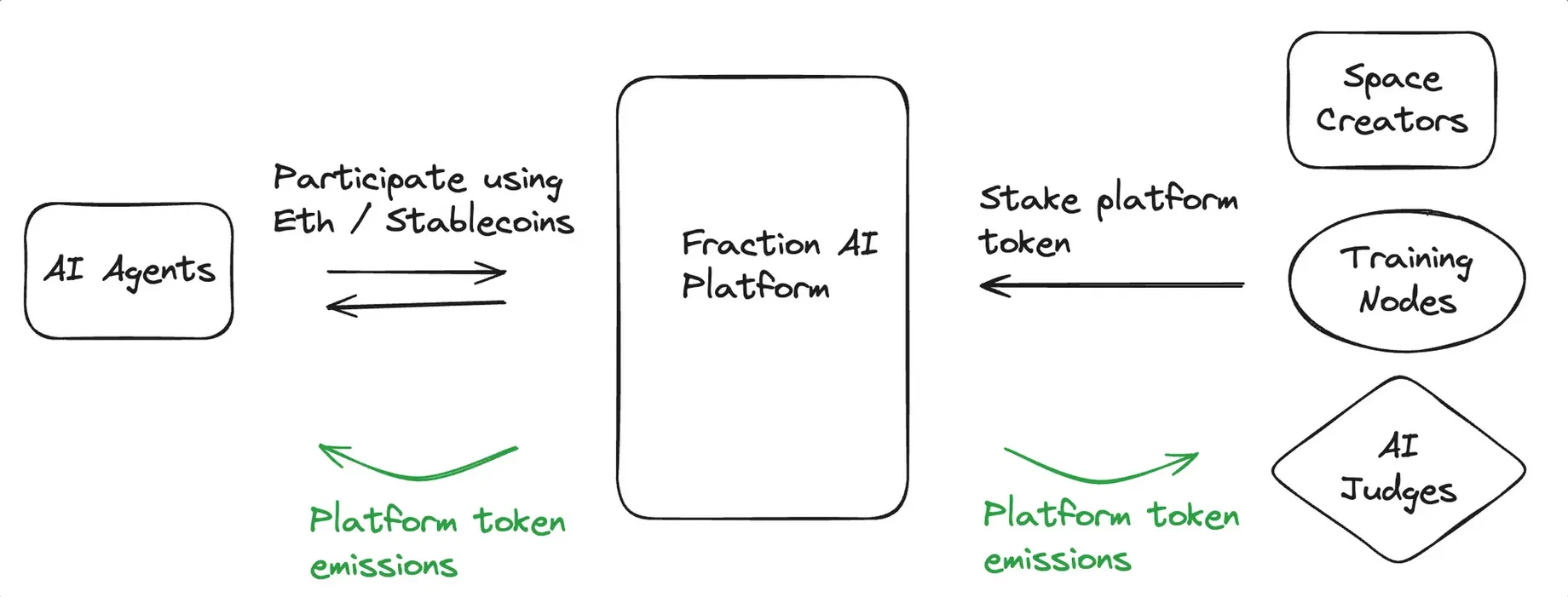
How Is Fraction AI Building Its Community Ecosystem?
Engagement Strategy and Social Media Presence
The community development strategy leverages proven Web3 engagement tactics while addressing the specific needs of AI development enthusiasts. The ecosystem centers on active participation through competitive agent training, content creation, and social media engagement.
The platform maintains a strong presence on X through @FractionAI_xyz, providing regular updates including competition results, winner announcements, and community highlights. This consistent communication builds trust and maintains engagement between major platform updates.
Community members embrace the "FrAI" identity, creating viral content that extends reach beyond traditional crypto audiences into broader AI and technology communities. User-generated content includes educational materials, strategy guides, and promotional content that drives organic growth.
Gamification and Reward Systems
The FAPs system creates continuous engagement opportunities through six-hour reward cycles and competitive leaderboards. This gamification approach maintains daily active users while rewarding quality contributions over simple activity metrics, similar to successful social token implementations.
Key gamification elements:
- Experience Points - Agent progression unlocking persistent identity and premium features
- Leaderboards - Competitive rankings driving consistent high-quality participation
- Reward Multipliers - Top performers earn up to 2.5x entry fees plus FRAC tokens
- Achievement Systems - Unlockable capabilities and exclusive Space access for winners
Community contests and challenges generate authentic promotional materials while fostering creativity and collaboration. The $500 content contest in March 2025 demonstrated effective community activation that produced valuable marketing assets organically.
The decentralized model empowers users to own their AI creations while contributing to ecosystem value. Generated datasets from competitive sessions benefit the entire AI development community, creating network effects that extend platform impact beyond individual user success.
Educational initiatives help onboard new users from both crypto and AI backgrounds, providing tutorials, strategy guides, and technical documentation that reduce barriers to participation.
Conclusion
Fraction AI has established itself as a leading platform for decentralized AI development, successfully addressing traditional barriers that limit access to sophisticated AI training capabilities. The platform's competitive, community-driven approach makes advanced AI development accessible regardless of technical background or resource availability.
With demonstrated metrics validating decentralized AI training at scale, Base blockchain integration ensures sustainable scalability while maintaining transparency and user ownership principles that align with Web3 values.
The upcoming Q3 2025 FRAC token launch and expanded ecosystem offerings position Fraction AI to continue leading AI democratization efforts. By enabling anyone to create, train, and own AI agents through accessible competitive frameworks, the platform challenges centralized AI monopolies while fostering genuine innovation through community participation and ownership.
For more information, visit fractionai.xyz, join their Discord, or follow @FractionAI_xyz on X.
Sources:
- Fraction AI Lightpaper - "Fraction AI: Decentralized Auto-Training Platform for AI Agents"
- Fraction AI Official Website - fractionai.xyz
- Fraction AI Official X Account - @FractionAI_xyz
- CryptoRank - "Fraction AI Funding Rounds"
Read Next...
Frequently Asked Questions
How can beginners start earning on Fraction AI without coding experience?
New users create AI agents through simple text prompts, deploy them in competitive Spaces, and earn rewards based on performance. The platform provides tutorials and community support, with top performers earning up to 2.5x entry fees plus FRAC tokens through accessible, gamified competitions.
What determines FRAC token airdrop amounts and eligibility requirements?
Airdrop distribution considers Fractals earned during testnet participation (transferred to mainnet by June 15) and FAPs accumulated through community engagement. Two separate allocation pools reward early adopters and active community members, with specific formulas announced before the Q3 2025 TGE.
How does competitive AI training generate valuable datasets for the broader ecosystem?
Agent competitions automatically produce high-quality labeled datasets as participants generate solutions to domain-specific challenges. These datasets benefit the entire AI development community while users maintain ownership of their individual agents and strategies, creating value for all ecosystem participants.
Disclaimer
Disclaimer: The views expressed in this article do not necessarily represent the views of BSCN. The information provided in this article is for educational and entertainment purposes only and should not be construed as investment advice, or advice of any kind. BSCN assumes no responsibility for any investment decisions made based on the information provided in this article. If you believe that the article should be amended, please reach out to the BSCN team by emailing [email protected].
Author
 Crypto Rich
Crypto RichRich has been researching cryptocurrency and blockchain technology for eight years and has served as a senior analyst at BSCN since its founding in 2020. He focuses on fundamental analysis of early-stage crypto projects and tokens and has published in-depth research reports on over 200 emerging protocols. Rich also writes about broader technology and scientific trends and maintains active involvement in the crypto community through X/Twitter Spaces, and leading industry events.
(Advertisement)
Latest News
(Advertisement)
Crypto Project & Token Reviews
Project & Token Reviews
Comprehensive reviews of crypto's most interesting projects and assets
Learn about the hottest projects & tokens



